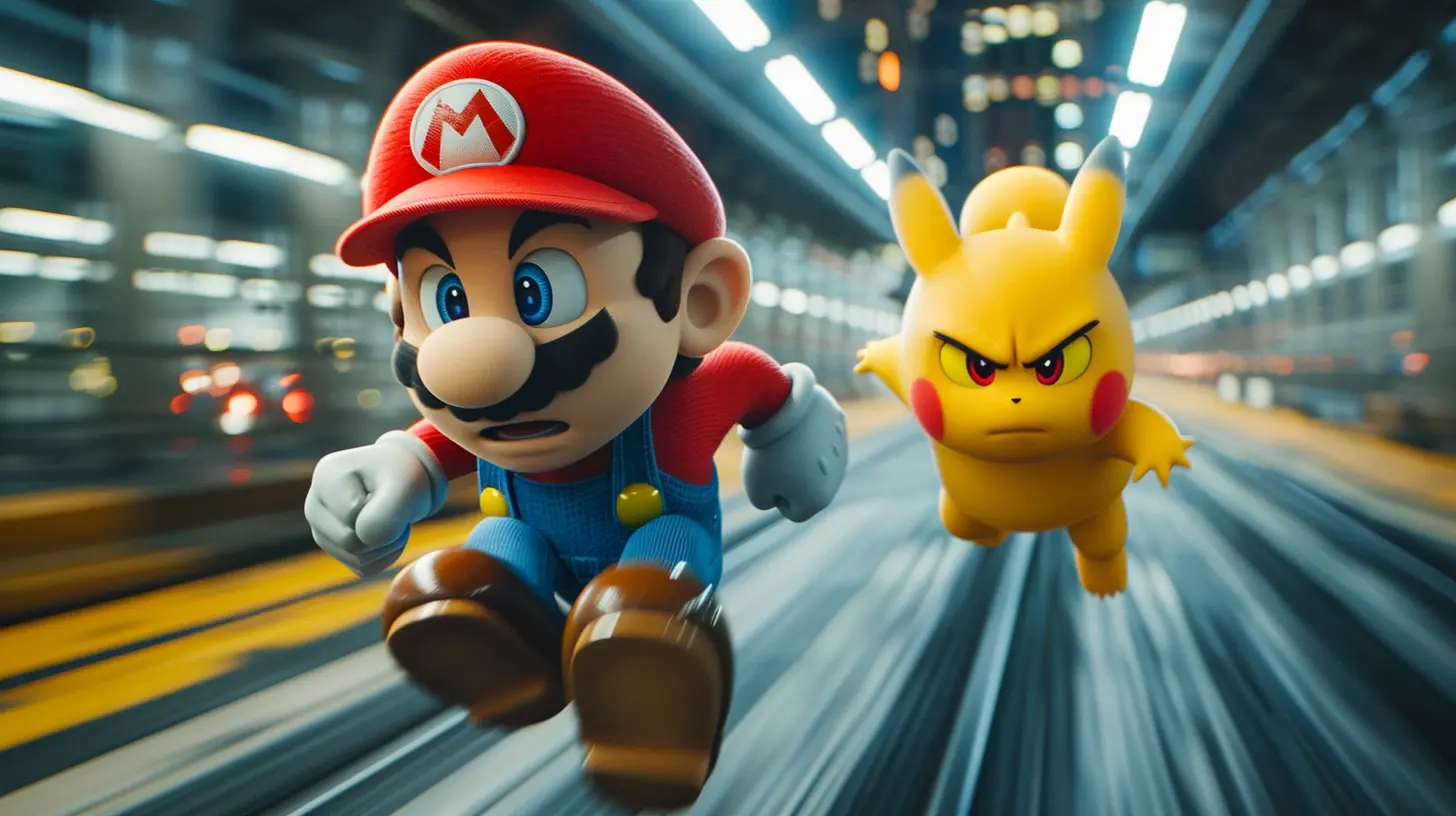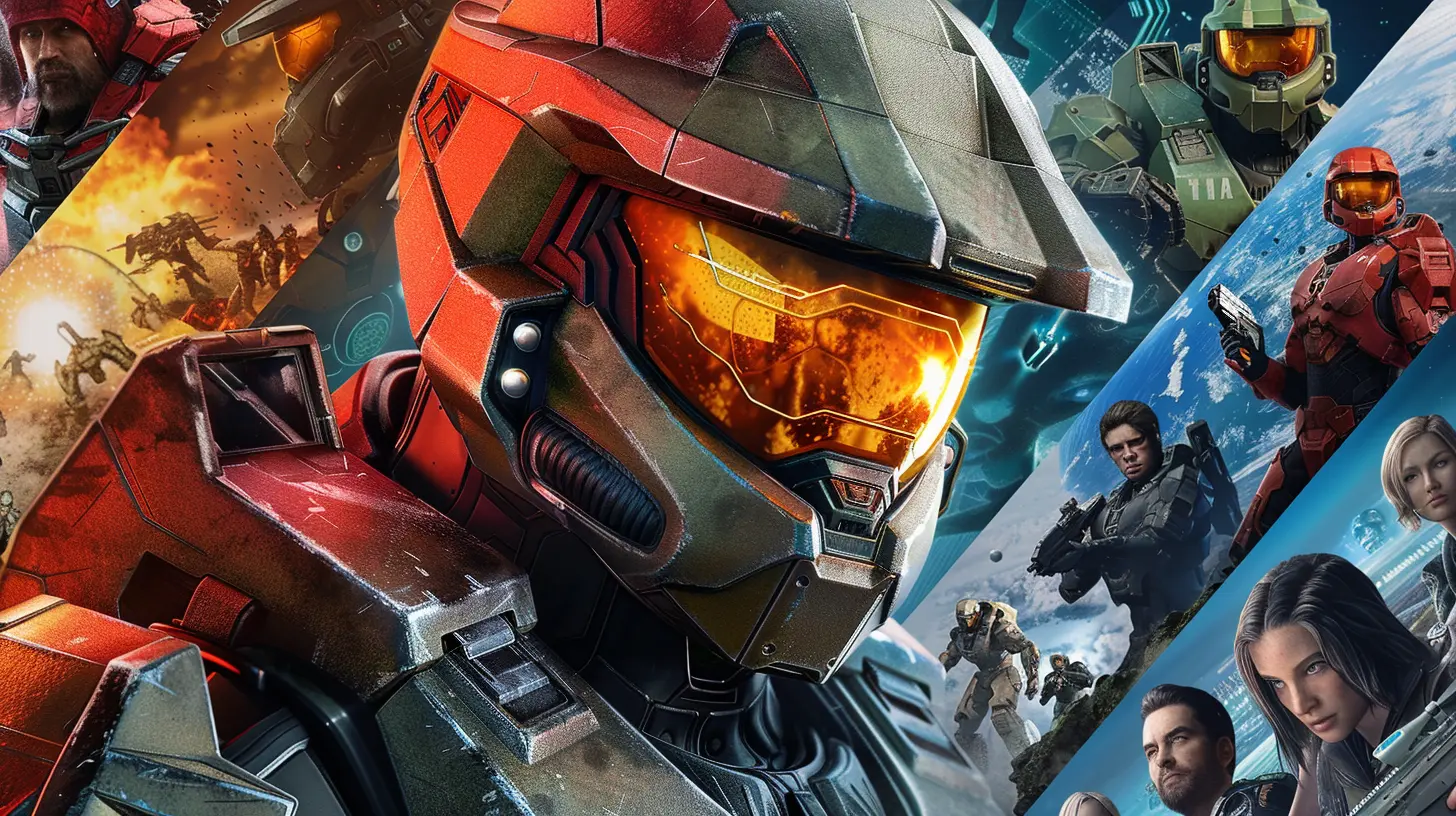The Role of Speedrunning in Shaping Gaming Culture
2 July 2025
Gaming has come a long way. From clunky cartridges and pixelated characters to immersive open worlds and massive online communities, it's been quite the wild ride. But there’s a special niche in this vast universe that quietly shaped how we play, perceive, and even study games — speedrunning. If you’ve spent any time browsing Twitch or YouTube, chances are you’ve stumbled upon someone racing through a game like Super Mario 64 or The Legend of Zelda: Ocarina of Time in record-breaking time. That’s speedrunning — and it’s more than just finishing a game fast. It’s a subculture, an art, and believe it or not, a movement that’s left a deep impact on gaming culture as a whole.
So, what’s the deal with speedrunning? Why do people care so much about shaving milliseconds off a game most of us take hours (or weeks) to finish? And how exactly has this niche community managed to influence modern gaming as we know it?
Let’s dive in (and nope, you don’t need a frame-perfect jump to keep up).
What is Speedrunning Anyway?
At its core, speedrunning is exactly what it sounds like — playing a video game with the goal of finishing it as fast as humanly (and sometimes inhumanly) possible. But it’s not just about mashing buttons and praying for a miracle. There’s a method to the madness.Speedrunners spend countless hours studying every corner of a game. They break it down, dissect it, and find all sorts of glitches, skips, and optimal paths to trim time. Whether it’s completing a game 100% or simply reaching the end credits, there’s a category for everyone.
Think of it like solving a Rubik’s Cube — only with more explosions, dragons, and boss fights.
The Early Days: From Obsession to Obsession
Speedrunning didn’t pop up overnight. It grew organically from the early days of gaming. Back in the ‘80s and ‘90s, before online leaderboards were a thing, players would brag to friends about how fast they beat Super Mario Bros. or how quickly they cleared Doom. Communities would form around forums and chat rooms, sharing their records and trading strategies.But once broadband internet and video sharing came around — boom! Speedrunning exploded. Sites like Speed Demos Archive and later platforms like Twitch and YouTube gave runners a way to showcase their skills and fuel the competition. It wasn’t just about beating the game fast anymore — it became about pushing boundaries, challenging norms, and rewriting what was even considered possible.
Glitches, Tricks, and the Art of Breaking Games
This is where it gets weird — and awesome.One thing you’ll notice quickly in speedrunning is that the fastest way to beat a game often isn’t the “normal” way. Instead of carefully collecting keys and solving puzzles, speedrunners might clip through walls, fly using item duplication, or trigger game-breaking bugs to skip massive sections.
And guess what? Developers secretly (and sometimes openly) love this.
By pushing games to their limits, speedrunners expose flaws and unveil hidden depths nobody knew existed. It’s like finding a secret passageway in a house you’ve lived in for ten years — it was always there; you just didn’t know it. And while most players stick to the “intended” path, speedrunners live off the beaten trail, constantly hunting for new routes.
The Influence on Game Design
Believe it or not, game developers are watching speedrunners — closely.Modern games, especially indie titles, sometimes include mechanics that tip their hats to speedrunning. From built-in timers to leaderboards and even special speedrun modes, developers are acknowledging the community’s influence. Some devs even consult speedrunners during development to ensure their games are “speedrun-friendly.”
Take "Celeste" for example. Its responsive controls and level design weren’t just built for the casual player — they were crafted with speedrunners in mind. The game rewards precision, timing, and quick reflexes. And guess what? The speedrunning community eats it up.
Speedrunning helps developers think differently. It’s not just about creating challenges; it’s about creating possibilities.
Live Events That Changed Everything
If you’ve never heard of Games Done Quick (GDQ), prepare to have your mind blown.This biannual charity speedrunning marathon is a game-changer — literally. It brings speedrunners from around the globe together to showcase their skills live while raising millions for charity. We’re talking real-time runs, thousands watching, donations pouring in, and maximum hype.
These events shine a spotlight on speedrunning and show the world what it’s all about: community, skill, and passion. More importantly, they’ve helped bridge the gap between the mainstream gaming audience and this once-niche community.
Plus, watching someone beat a notoriously difficult game in 12 minutes flat? Instant entertainment.
The Community: More Than Just a Race
While speedrunning may seem competitive — and it definitely can be — at its heart, it’s one of the most collaborative gaming scenes out there.Runners constantly share strategies, route optimizations, and new glitch discoveries with one another. It’s not about hogging the spotlight. It’s about pushing the game to the edge together. Forums, Discord servers, leaderboards, and video guides all play a part in building a culture that thrives on cooperation.
And when someone breaks a world record? The celebration is communal. It's like watching your favorite team win the championship — even if you weren’t the one holding the controller.
Speedrunning as a Form of Expression
To the untrained eye, speedrunning might look like robotic repetition. But in reality, it’s a form of expression — almost like digital jazz.Each runner brings their own personality to a game. Some runs are calm and calculated, while others are wild and risky, relying on quick reflexes and improvisation. No two runs are exactly the same, and that’s the magic of it.
In many ways, speedrunners are artists — sculpting beauty out of code, timing, and raw muscle memory. And for them, the controller is their instrument.
Building Legends and Legendary Moments
Speedrunning has created its own set of legends — both people and moments.Who could forget "Siglemic" blazing through Super Mario 64 with jaw-dropping precision? Or the time someone finished The Legend of Zelda: Breath of the Wild in under 30 minutes using bomb jumps and shield surfing? How about the infamous “blindfolded” runs or the heart-stopping final seconds of a world record attempt?
These moments live on in gaming history — shared, rewatched, and admired by millions. They inspire future runners to pick up the torch and break the next barrier.
Speedrunning and Streaming Culture
Let’s be honest — speedrunning and streaming go together like peanut butter and jelly.Platforms like Twitch have given runners a stage, and audiences are hungry for the thrill. Watching a speedrun is like watching a high-stakes sports game. There’s drama, action, and a whole lot of yelling (mostly when a trick works or fails spectacularly).
This synergy has led to the rise of speedrunning personalities — gamers who entertain not just with their skill, but with their charm, humor, and storytelling. For viewers, it’s not just about the game. It’s about the journey.
Inspiring Players and Changing How We Play
Maybe the most beautiful thing about speedrunning is how it inspires us to look at games differently.Even if you’re not aiming for a world record, watching a speedrun can ignite a curiosity. You start questioning things. “What if I tried that jump? Could I beat my own time? What else is possible in this game?”
And just like that, a casual player becomes a curious explorer. That’s the magic.
The Path Ahead: Where Speedrunning is Going
Speedrunning shows no signs of slowing down. With fresh games releasing constantly and technology evolving, new records are being set every day. Tool-assisted speedruns (TAS) are pushing theoretical limits, while themed runs (like “no-hit” or “randomizer” runs) are expanding the genre’s boundaries.More developers are leaning into speedrun support, and more players are getting involved thanks to accessible tutorials and welcoming communities.
What used to be an underground hobby is now a celebrated part of gaming culture — and it’s only going to grow.
Wrapping It Up: Why Speedrunning Matters
At its heart, speedrunning is a love letter to video games.It’s proof that games are more than just stories and graphics — they’re challenges, puzzle boxes, and playgrounds for creativity. Speedrunners don’t just play games. They live in them. They challenge them. They shape them.
And in doing so, they’ve shaped gaming culture itself — one frame-perfect jump at a time.
Whether you're a die-hard runner chasing world records or just someone who loves watching the insane stuff others can pull off, speedrunning offers a window into what makes games truly special.
So next time you boot up your favorite game, ask yourself — how fast could you beat it? Then head over to watch a speedrun and prepare to be amazed.
all images in this post were generated using AI tools
Category:
Gaming CultureAuthor:

Francesca West
Discussion
rate this article
2 comments
Jax Henson
Speedrunning has transformed gaming culture by fostering community, pushing players to master techniques, and creating a shared competitive experience. It’s a testament to skill, dedication, and innovation in gaming.
October 18, 2025 at 2:37 AM

Francesca West
Thank you for your insightful comment! I completely agree—speedrunning not only enhances individual skill but also builds a vibrant community around shared passion and competition.
Zephyrian Riley
Great insights on speedrunning's impact on gaming culture! It highlights the dedication and community spirit that drives innovation and engagement within the gaming world.
July 9, 2025 at 3:03 PM

Francesca West
Thank you! I'm glad you found the insights valuable. Speedrunning truly showcases the passion and creativity of the gaming community.


